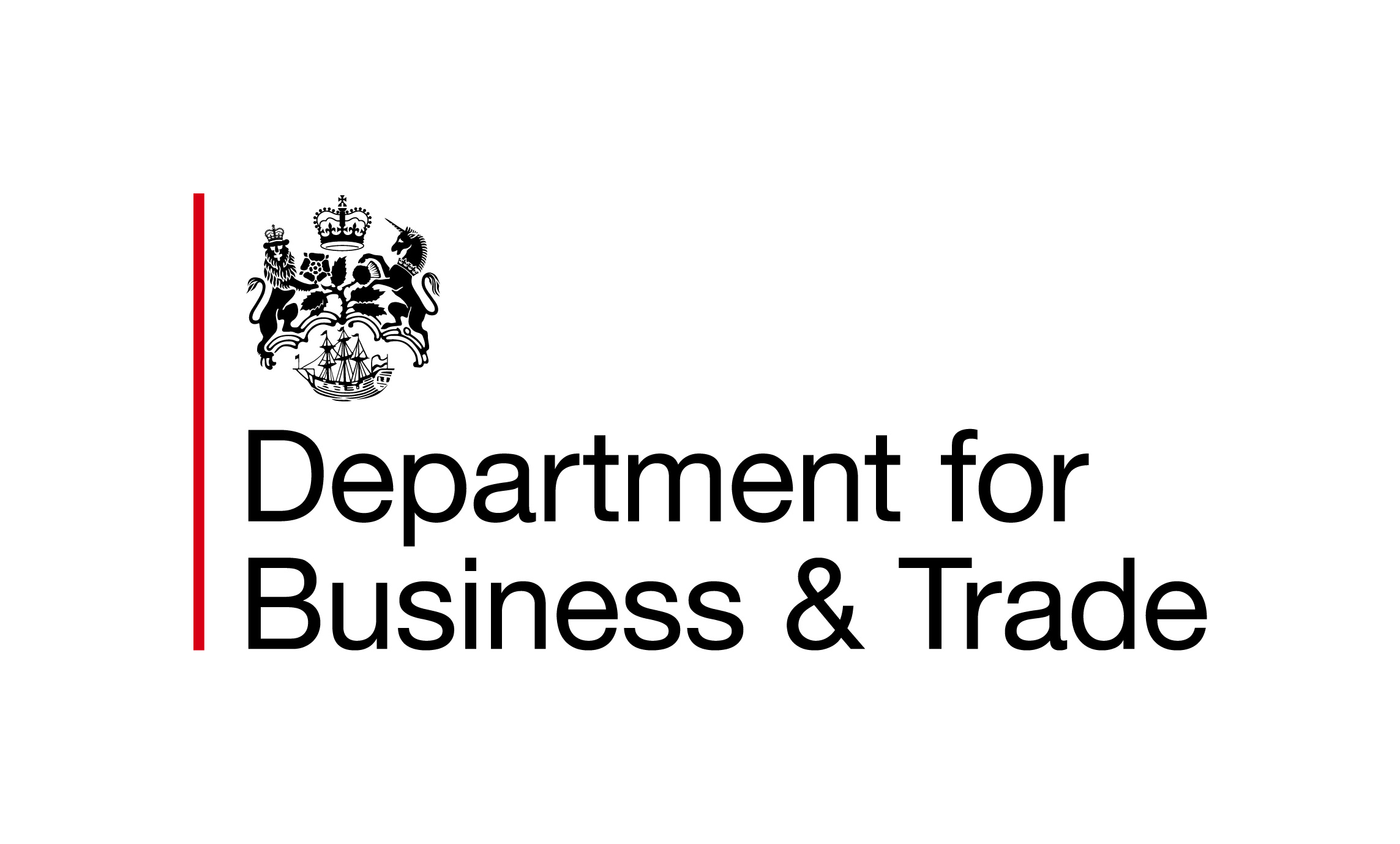What’s happening to finance in an uncertain world?
This week saw the launch of the latest results of the SME Finance Monitor, produced by BVA BDRC . In the first half of this year, it seems that financing behaviours have been shifting across the SME sector. This movement comes after a long period of relative stability. The survey responses add further colour to the story of a weakening economic backdrop and UK-based businesses taking action as they grapple with uncertainty.
While the latest Monitor brings some new insights to the table on how Brexit might be driving a requirement for greater use of external finance, like many other economic factors currently buffeted by Brexit uncertainty, the survey still raises many questions for the future.
Monitor headlines
This large-scale survey has been capturing information on growth, business strategies and experiences of and attitudes to business financing from over 150,000 small- and medium-sized businesses since 2011.
Growth: It shows that, in the first six months of this year, business performance has been patchy. The backdrop for decisions around business financing has been fewer companies reporting growth in sales the preceding 12 months and a widening gap between the proportion of companies planning for growth and those reporting they have achieved it.
Business barriers: Political and economic uncertainty continue to top the list of reported barriers to growth, with international businesses (those exporting and importing) particularly (and not surprisingly) seeing a big jump in the percentage of SMEs worried about the former.
Financing: The most significant change is what’s happening to SMEs’ use of external finance. The results point to a jump in the use of external finance amongst SMEs in 2019H1, driven by increased use amongst businesses with less than 10 employees (including sole traders).
Overall 46% of SMEs were using external finance in 2019H1, up from a remarkably stable 36-38% through 2014 to 2018. This group outnumber ‘permanent non-borrowers’ for the first time since 2012. Furthermore, increased external finance use was evident across all industry sectors and appears to be more pronounced in the use of overdrafts and credit cards.
New applications: While more companies are using finance, it doesn’t appear that they are necessarily happier to do so. The appetite to borrow to grow continued to ebb in the first half of the year. Somewhat counter to the story of greater use of external finance is the ongoing stability in the proportion of companies that have identified a funding need in the previous 12 months – just 4% of all SMEs. Cashflow-related reasons were driving this need amongst the smallest SMEs, with strategic and business development reasons more important at the top end.
What’s going on?
These headlines just scratch the surface of the data and on the face of it, paint something of a conflicting picture of SME’s borrowing behaviour. One hypothesis of what might be happening relates to the action taken to prepare for the UK’s EU exit (possibly) this year. We’ve seen multiple business surveys and production data point to significant stockpiling activity, and other actions leading to further business outlays relating to Brexit preparations.
For smaller SMEs, this may have required them to start dipping in to existing overdraft facilities and credit cards – hence the greater use of external finance seen so far this year. The cashflow-related factors also driving a small proportion of this group to apply for new finance could be a further sign that preparation efforts have added to the squeeze on business finances.
It is early days, however, and the data are not definitively pointing in this direction. But if some of these factors do apply, then finance costs relating to these activities could have longer term implications for decisions on business priorities such as investment in new technology or innovation.
What does seem clear is that 2019 has not brought a sea change in small companies’ attitudes to borrowing. Indeed, amongst those happy to borrow to grow, most do not see now as the right time to do it. The good news from the survey is, however, that for those companies looking for new finance, from their bank or other provider, success rates are holding stable.
Lee Hopley – Deputy Director for Research Partnerships
Please note that the views expressed in this blog belong to the individual blogger and do not represent the official view of
the Enterprise Research Centre, its Funders or Advisory Group.











